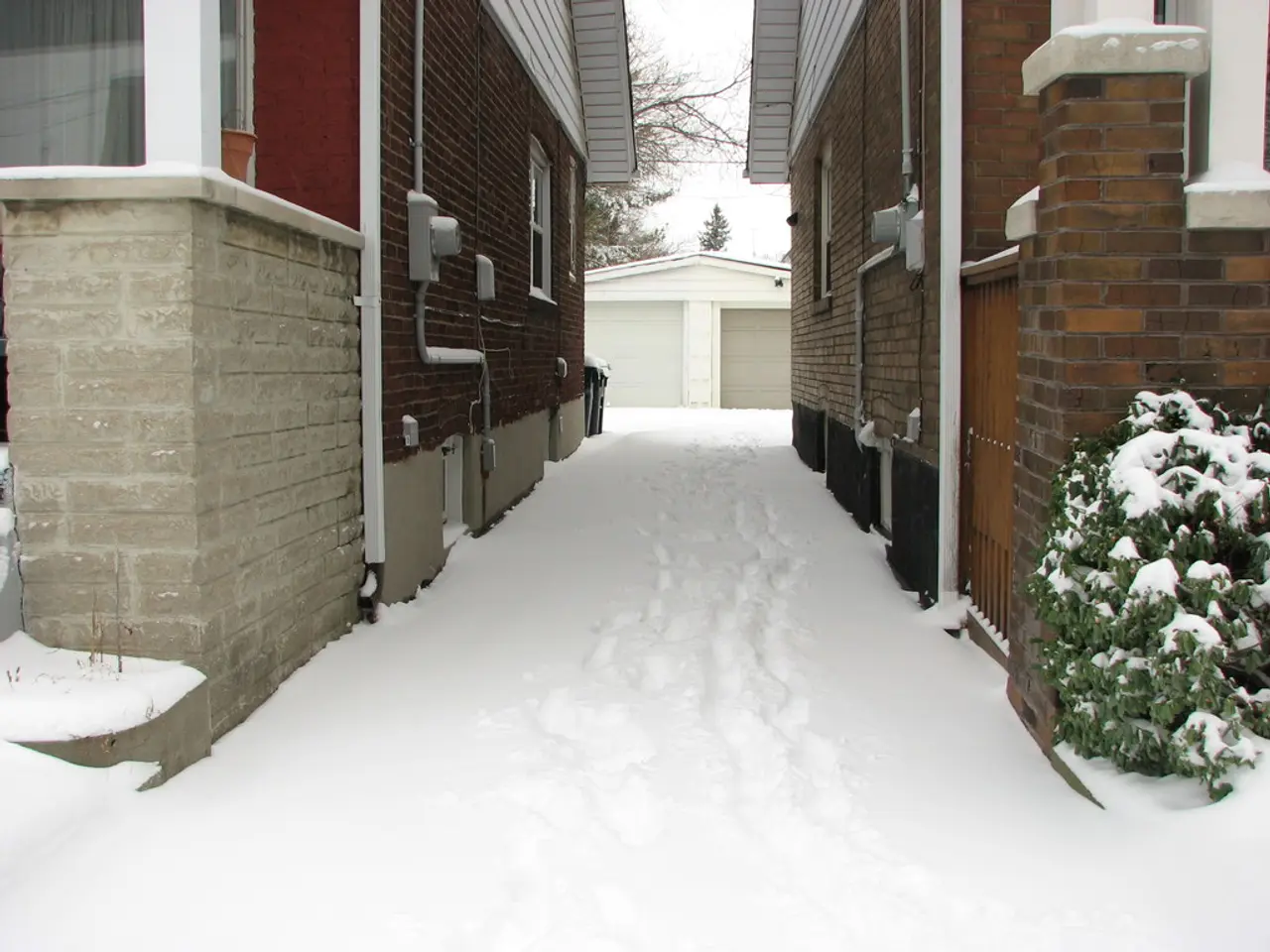Preventing dampness, mould growth, and condensation calls for maintaining a home's temperature at this lowest point.
Maintaining a comfortable and healthy home environment is essential, especially during the colder months. Here's a comprehensive guide on how to prevent damp, mould, and condensation in your home.
Mechanical Ventilation with Heat Recovery (MVHR) systems are effective in Passivhaus homes, helping to prevent condensation and mould. However, a multi-pronged approach is advised for most homes. This includes maintaining a consistent indoor temperature between 18°C and 21°C, proper insulation, and good ventilation.
The ideal indoor temperature range during winter, as agreed upon by the World Health Organisation, the UK Government, The Energy Saving Trust, and the Verbraucherzentrale (Consumer Advice Center) in Germany, is 18 to 21°C. It's important to heat all living and sleeping rooms during the heating period to a minimum of 16 to 18 degrees Celsius to avoid moisture and mould problems.
Proper insulation is crucial for lowering heat loss and improving heat retention. Insulating walls, windows, doors, loft, and floors can significantly reduce energy bills, with installing cavity and loft insulation alone potentially saving up to £790 per year.
A small draught from poorly insulated floors can counteract the effect of ambient heating, making a home feel colder than it should during winter. Using draught-proofing tape or sealant can help reduce draughts in your home. Rearranging furniture to leave a few inches between the radiator and nearby items also allows heat to flow unimpeded.
Extractor fans in kitchens and bathrooms are essential for removing moisture directly at the source. Leaving the heating on all day can use more energy and cost more money if your home is heated by a boiler, but if you have a heat pump, you can save money by leaving the heating on all day. Drying laundry indoors or hanging wet washing on radiators can significantly increase humidity, so consider using a tumble dryer or dehumidifier to dry clothes.
Natural ventilation methods like opening windows or using trickle vents are effective alternatives for homes without MVHR. A simple habit called 'house burping' - opening windows and doors for 5-10 minutes a day - can improve air circulation and help prevent condensation.
Smart home technology, such as responsive thermostats and thermostatic radiator valves (TRVs), make it easier to maintain a consistent indoor temperature and control heating in less-used areas. A hygrometer allows you to monitor indoor moisture levels, helping you maintain the recommended level of below 60% to keep your home dry and healthy.
Lastly, a dehumidifier is an excellent tool for reducing excess moisture, especially in poorly ventilated spaces. By following these tips, you can ensure a dry and healthy home throughout the winter months.
Read also:
- visionary women of WearCheck spearheading technological advancements and catalyzing transformations
- Recognition of Exceptional Patient Care: Top Staff Honored by Medical Center Board
- A continuous command instructing an entity to halts all actions, repeated numerous times.
- Oxidative Stress in Sperm Abnormalities: Impact of Reactive Oxygen Species (ROS) on Sperm Harm








